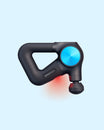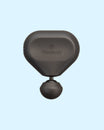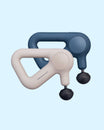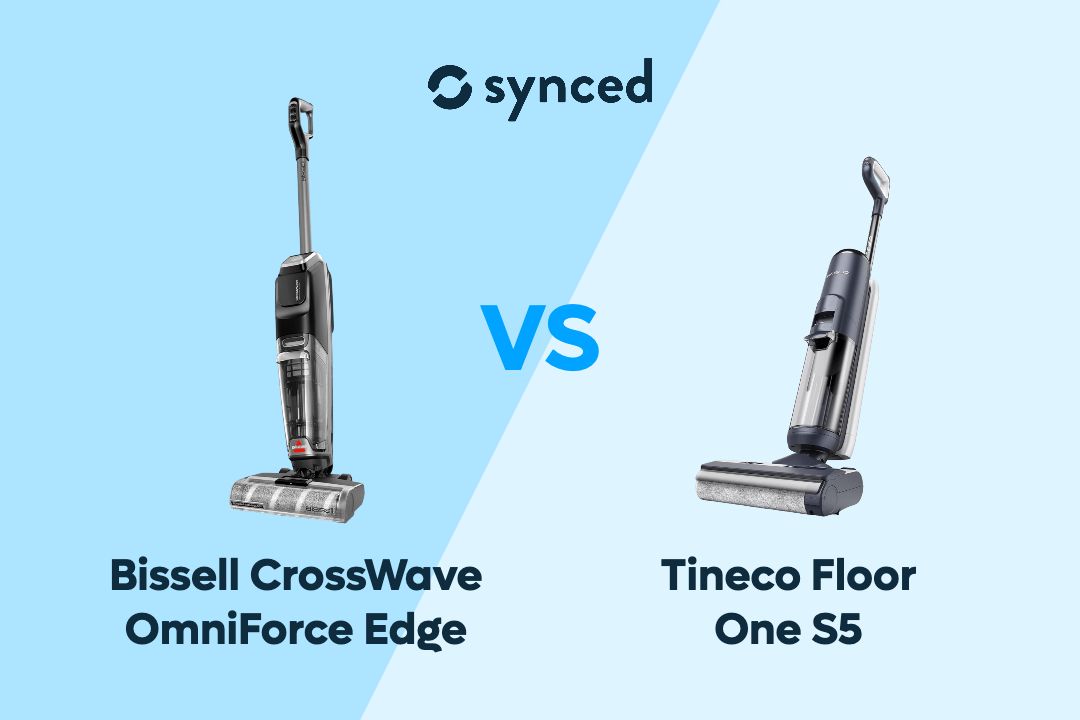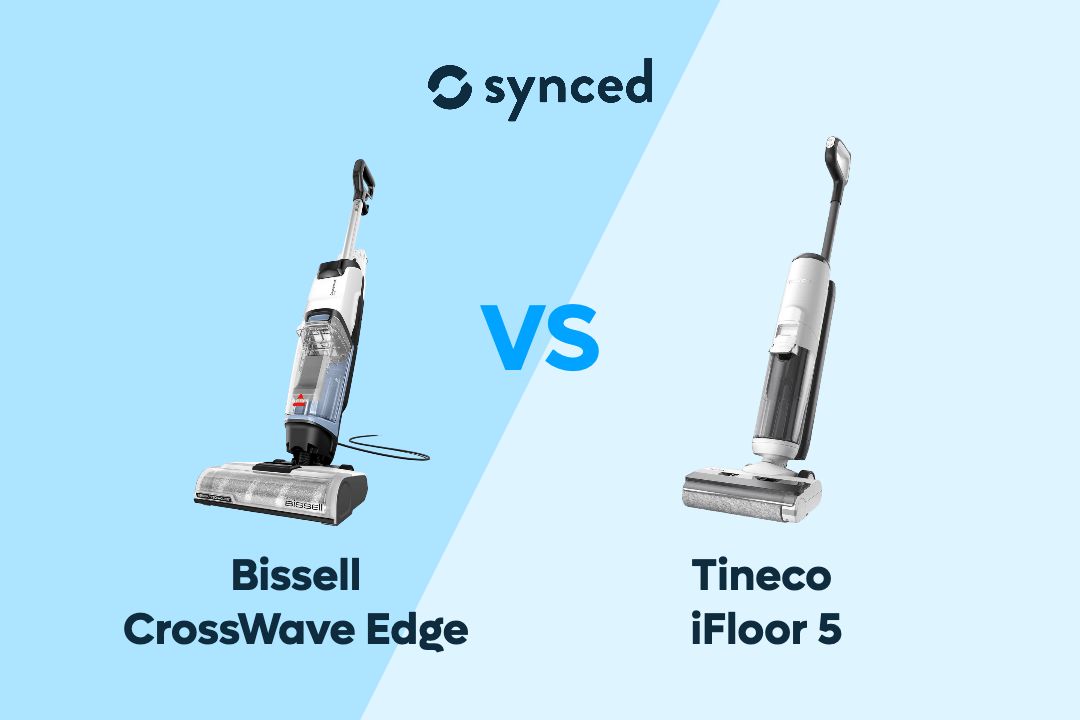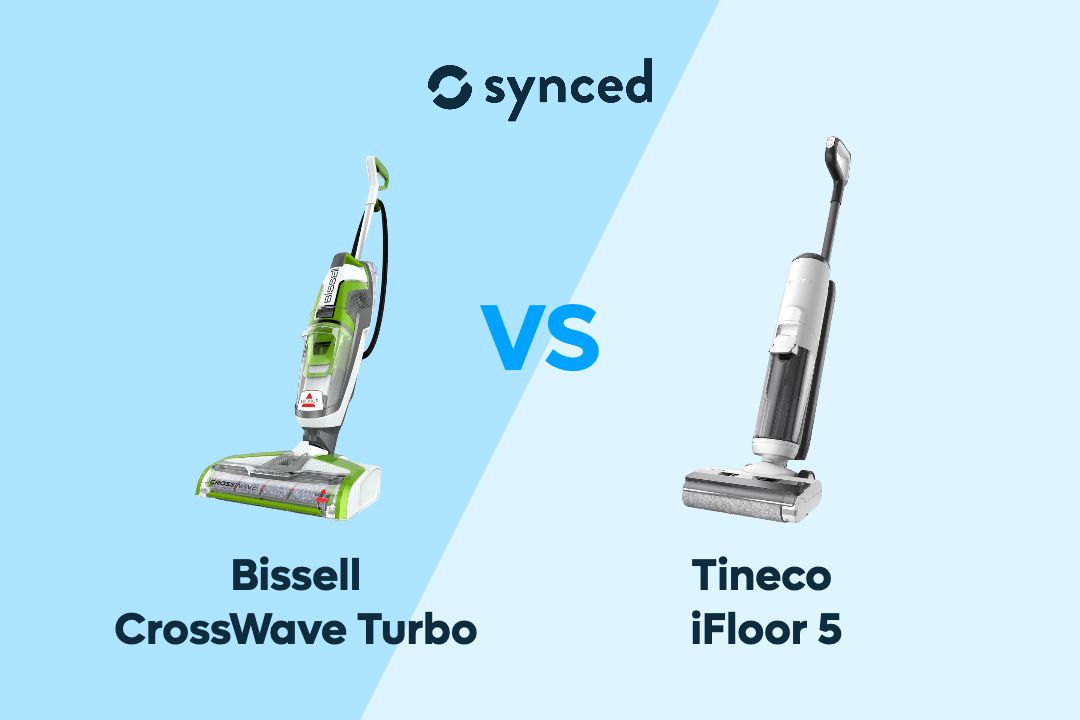Bissell CrossWave Edge vs OmniForce Edge: I Found A Huge Difference
Naila Syifa
Updated May 2025

Bissell just released its newest wet/dry vacuum model, the CrossWave Edge, adding to its versatile CrossWave lineup. But there's another "Edge" model in the lineup – the CrossWave OmniForce Edge.
Both have quite a huge price gap, with the new CrossWave Edge retailing at US$229.99 while the OmniForce Edge sits at a premium price of US$399.99.
So what exactly are the differences between these two Bissell vacuums? Let's examine them across a few key aspects!
Key Takeaways
The CrossWave Edge is corded and has unlimited runtime, while the OmniForce Edge is cordless with a limited 30-min runtime but greater convenience. The OmniForce Edge also has a more sophisticated control panel with a display, powerful Turbo mode, and a dedicated dry vacuum mode. The CrossWave Edge lacks these advanced features but is cheaper and lighter.


Bissell CrossWave Edge
Clean With No Limits
✓ ZeroGap Edge Cleaning
✓ 0.58L Dirty + 0.75L Clean Tank
✓ Hard Floor & Area Rug Modes
✓ Unlimited Corded Power

Bissell CrossWave OmniForce Edge
Clean Powerfully & Thoroughly
✓ ZeroGap Edge Cleaning
✓ 0.45L Dirty + 0.62L Clean Tank
✓ Power Vac, Power Mop & Turbo
✓ Cordless Convenience
Design

Bissell CrossWave OmniForce Edge
Despite having a similar stick vacuum form with a handle and dual tank systems, the Bissell CrossWave Edge and CrossWave OmniForce Edge differ on a few key fronts.
One very crucial design difference is that the CrossWave Edge has a corded design, while the OmniForce Edge is cordless.
A cordless design means greater convenience and flexibility. We can freely clean larger areas without being tethered to an outlet. So, I give a plus to the OmniForce Edge in this regard.
However, the CrossWave Edge quickly makes up for this with a lighter body. At only 9.5 lbs, it's over a pound lighter than the 10.6 lb OmniForce Edge. This can make a real difference when navigating tight spaces and maneuvering the vacuum.
On top of that, despite its lightweight design, the CrossWave Edge manages to fit a larger 580 mL dirty water tank, versus the OmniForce Edge's 450 mL tank.
It also comes with a larger clean water tank – 750 mL compared to the OmniForce Edge’s 620 mL – allowing for longer cleaning sessions without frequent refills.

Bissell CrossWave Edge
Now let's move on to the brush roll. Both vacuums offer ZeroGap technology, which means that one side of their brush rolls can reach all the way into edges and baseboards with a zero-millimeter gap.
It's just unfortunate that only one side of the brush roll benefits from this feature, while competitors like Tineco have introduced two-sided edge cleaning capability.
But for now, let's focus on these two models from Bissell. So they have a similar brush roll design with edge cleaning, then what's the difference?
Well, the CrossWave OmniForce Edge further optimizes its brush roll width, allowing for a larger 12-inch cleaning path, versus the CrossWave Edge's 10.5-inch path. That means more areas are cleaned with each pass.
The last thing I want to mention about their design difference is the overall aesthetics. The CrossWave Edge has a white body with blue accents, while the OmniForce Edge looks more premium in black with titanium accents. But regardless, both look quite sleek and modern.
Controls

Bissell CrossWave OmniForce Edge
The button layout and control schemes are another area where these two vacuums differ.
The CrossWave Edge has a much simpler control panel, with just 3 buttons: on/off, cleaning mode toggle, and self-cleaning button.
In contrast, the OmniForce Edge has a more robust control panel featuring 4 buttons and a digital display. The buttons are the same as the CrossWave Edge, plus an extra Turbo button.
Meanwhile, the display gives a wealth of information, including suction level, fluid level, battery percentage, and issue alerts like clogging, full dirty tank, empty clean tank, low battery, stuck brush roll, and more.
The placement of these controls is also one difference to consider. The CrossWave Edge has its buttons located on top of the body, which is a bit less convenient to reach while in use.
Meanwhile, the buttons on the OmniForce Edge are right on the handle, which is more intuitive and accessible during cleaning. Only the display is placed at the top of the body, which I think is the most ideal place for it to be.
So, in terms of controls, be it the placement or the functionality, the CrossWave OmniForce Edge once again gets an advantage over the CrossWave Edge.
Features

Bissell CrossWave Edge
The CrossWave Edge and OmniForce Edge are both designed as versatile wet and dry vacuums, making them ideal for multi-surface cleaning. These machines are capable of vacuuming and mopping simultaneously, allowing us to tackle dry debris and wet spills in a single pass — a major time-saver for busy households like mine.
Both vacuums also come equipped with a handy self-clean out function, which rinses the brush roll and internal components with a single press of a button. While it doesn’t fully eliminate the need for manual cleaning, it helps reduce day-to-day maintenance and keeps the vacuum fresher between uses.
Pet owners will also appreciate that both models are built with homes with pets in mind. They feature tangle-free brush roll technology to prevent hair from getting wrapped around the brush, and both have earned Bissell’s Pet Proven badge, which means they’ve been tested to handle common pet messes effectively.
The OmniForce Edge even goes a step further with the Pet Proven Ultimate certification – Bissell’s highest pet-friendly rating – thanks to its added capabilities and features.

Bissell CrossWave OmniForce Edge
One standout feature exclusive to the OmniForce Edge is Turbo mode. This mode delivers extra fluid and suction power, making it particularly useful for tough jobs like dried-on grime or sticky pet messes. The CrossWave Edge lacks a Turbo mode, which might limit its performance on deeper or more stubborn dirt.
In terms of cleaning modes, the two models also differ significantly. The OmniForce Edge includes both a Power Vac Mode, which is a dedicated dry vacuum setting that uses suction only, and a Power Mop Mode, which combines fluid and suction for wet and dry cleaning.
The CrossWave Edge, on the other hand, doesn’t offer a dedicated dry-only mode. Instead, it features Hard Floor Mode for everyday wet and dry messes, and an Area Rug Mode that’s intended to refresh rugs and clean up dry debris. This rug mode isn't a true dry vacuum mode, so it's not quite the same as the Power Vac Mode on the OmniForce Edge.
Runtime

Bissell CrossWave Edge
Bissell CrossWave OmniForce Edge is a cordless vacuum, so it relies on a rechargeable battery for power. The company claims up to 30 minutes of runtime on a full charge, but this may vary depending on factors like cleaning mode, suction setting, and types of debris and surfaces.
A recharge takes about 4 hours, so you'll want to plan around that downtime if you have larger cleaning tasks. And while having a cordless design is convenient, you'll still need to stay mindful of the battery level.
In comparison, the CrossWave Edge is corded, so it can run continuously as long as it's plugged into a power outlet. No need to worry about battery life or recharging.
The runtime advantage definitely goes to the CrossWave Edge in this case, as it eliminates any concerns about cleaning time being cut short by a depleted battery.
Bissell CrossWave Edge vs OmniForce Edge
Final Thoughts

Bissell CrossWave OmniForce Edge
While both wet/dry vacuums have a similar edge cleaning capability with the ZeroGap technology, the rest of their features and performance differ quite significantly.
The CrossWave Edge is the more affordable and lightweight option, with a simpler control scheme but larger dirt and clean water tanks. It lacks some advanced features like Turbo mode and a dedicated dry vacuum mode, but its corded design ensures uninterrupted cleaning.
On the other hand, the CrossWave OmniForce Edge is the more premium model, with a cordless battery-powered design, a more robust control panel with a digital display, and extra capabilities like Turbo mode and a true dry vacuum setting. However, these added features come at a significantly higher price point.
If you’d like to read more about cordless vacuums, check out our other relevant guides here:
Bissell CrossWave OmniFind vs OmniForce
Bissell CrossWave OmniForce vs OmniForce Edge
Author

Naila Syifa
Naila has spent over 1,800 hours researching, exploring, and writing about the latest trends in technology, consumer electronics, and smart home gadgets.
Don't miss out on tech
Subscribe to our newsletter to stay up to date on the latest tech trends and guides on the best gadgets around.

